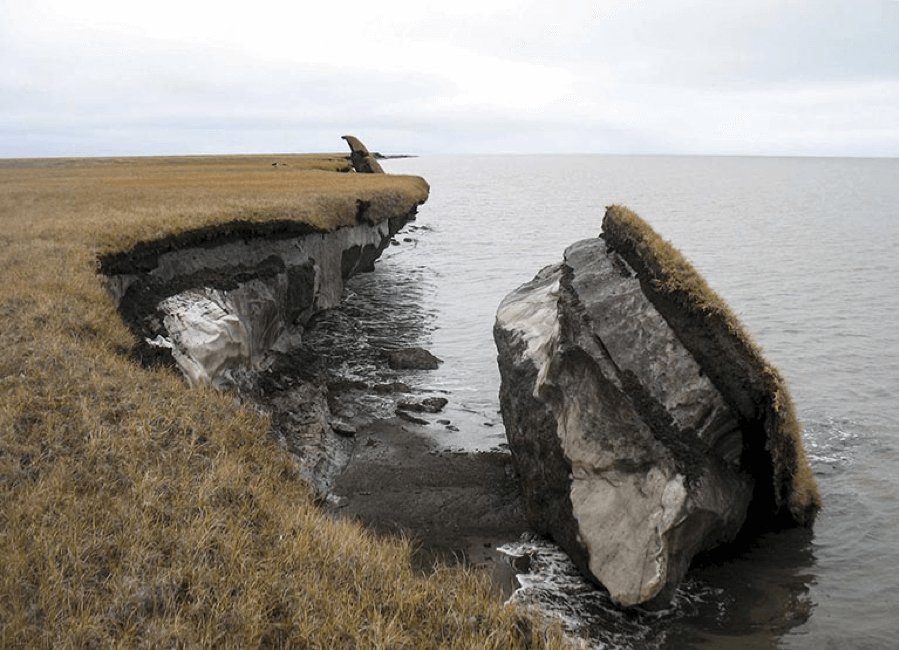Permafrost, a term that might sound like something out of a sci-fi movie, is actually a very real and crucial part of our planet's ecosystem. Imagine ground that's so cold it's been frozen for at least two consecutive years. That's permafrost for you! It's like nature's freezer, tucked away mostly in the Northern Hemisphere, in places like Siberia, Alaska, and Canada.
Discovery
Now, let's time travel a bit to when permafrost was first discovered. Picture this: it's the 19th century, and scientists are exploring the chilly regions of Siberia. They notice something odd about the ground—it's frozen solid, even in summer! This was the first hint of permafrost's existence. But it wasn't until the 20th century that permafrost really got the spotlight it deserved. Researchers started to realize that this wasn't just a bit of frozen soil; it was a vast, icy layer covering a quarter of the Northern Hemisphere's land!
Climate Change and Permafrost
Fast forward to today, and permafrost has become a hot topic, quite literally. Why? Because it's melting, and that's not good news. You see, permafrost is like a giant storage unit for carbon. Over thousands of years, plants and animals got trapped in this frozen ground, and their remains became a massive carbon reservoir. Now, with the planet warming up, this freezer is defrosting, and all that stored carbon is turning into greenhouse gases like carbon dioxide and methane.
The risks of permafrost melting are like a domino effect. First, it releases these greenhouse gases, which then accelerate global warming. It's like a vicious cycle. But wait, there's more! Melting permafrost can also mess with infrastructure. Imagine buildings, roads, and pipelines built on what was once solid ground, now turning into a wobbly, unstable mess. It's like building a house on a melting ice cube.
Zombie Diseases
And here's a plot twist: scientists have found ancient viruses and bacteria in permafrost. These "zombie" microbes have been chilling (literally) for thousands of years. With the thaw, there's a risk they might wake up and we could face diseases we're not prepared for. It's like opening Pandora's box of ancient pathogens.So, what can we do about it? Well, it's a tricky situation. Slowing down permafrost thaw means tackling global warming head-on. It's about reducing greenhouse gas emissions, switching to renewable energy, and maybe even some geoengineering to keep our planet's temperature in check. It's a global challenge, and it needs a global response.
In a nutshell, permafrost is like a sleeping giant that we've unintentionally poked. Its discovery opened our eyes to a whole new aspect of Earth's climate system. But now, as it's waking up and melting, it's bringing a cascade of risks that we need to address. It's a reminder that everything on our planet is connected, and what happens in the icy corners of the world can have a ripple effect across the globe.



Share:
Why is Mars Uninhabitable?
The Role of AMOC and Consequences of its Collapse